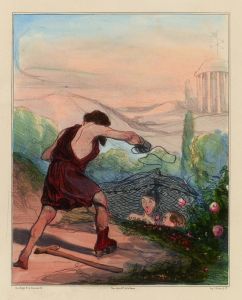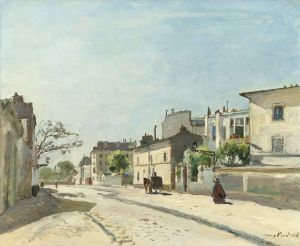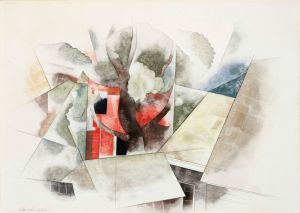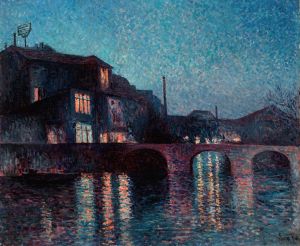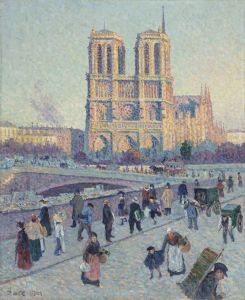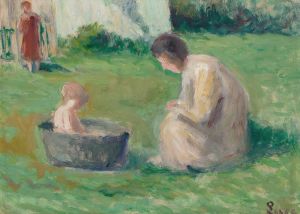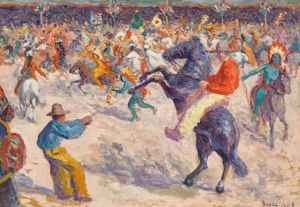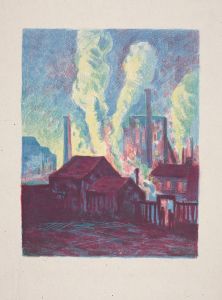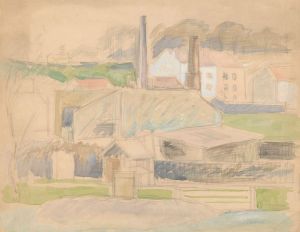
Paris, Le percement de la rue Réaumur
A hand-painted replica of Maximilien Luce’s masterpiece Paris, Le percement de la rue Réaumur, meticulously crafted by professional artists to capture the true essence of the original. Each piece is created with museum-quality canvas and rare mineral pigments, carefully painted by experienced artists with delicate brushstrokes and rich, layered colors to perfectly recreate the texture of the original artwork. Unlike machine-printed reproductions, this hand-painted version brings the painting to life, infused with the artist’s emotions and skill in every stroke. Whether for personal collection or home decoration, it instantly elevates the artistic atmosphere of any space.
Maximilien Luce was a prominent French Neo-Impressionist painter known for his vibrant use of color and light, as well as his commitment to social and political themes. One of his notable works is "Paris, Le percement de la rue Réaumur," which captures a significant moment in the urban transformation of Paris during the late 19th century.
The painting depicts the construction of Rue Réaumur, a major thoroughfare in Paris, which was part of the extensive urban renewal project led by Baron Georges-Eugène Haussmann. Haussmann's renovation of Paris, commissioned by Emperor Napoleon III, aimed to modernize the city, improve sanitary conditions, and facilitate traffic flow. This transformation involved the demolition of overcrowded medieval neighborhoods and the construction of wide avenues, parks, and public spaces.
Luce's painting is a vivid representation of this period of change. It showcases the bustling activity of construction workers and machinery, set against the backdrop of a city in transition. The artist employs a pointillist technique, characterized by small, distinct dots of color applied in patterns to form an image. This technique, associated with the Neo-Impressionist movement, was pioneered by artists like Georges Seurat and Paul Signac, and Luce was an active participant in this artistic circle.
In "Paris, Le percement de la rue Réaumur," Luce captures the dynamic energy of urban development. The painting is filled with movement and life, as workers engage in the laborious task of building the new street. The use of light and shadow in the painting highlights the contrast between the old and the new, symbolizing the transformation of Paris from a medieval city to a modern metropolis.
Luce's choice of subject matter reflects his interest in the lives of ordinary people and the impact of industrialization and modernization on society. His work often focused on the working class and the changes brought about by technological advancements. By depicting the construction of Rue Réaumur, Luce not only documents a significant historical event but also comments on the broader social and economic changes occurring in Paris at the time.
The painting is also notable for its composition and use of color. Luce's application of the pointillist technique creates a sense of vibrancy and immediacy, drawing the viewer into the scene. The interplay of colors and the meticulous attention to detail demonstrate Luce's mastery of the Neo-Impressionist style.
"Paris, Le percement de la rue Réaumur" is an important work in Luce's oeuvre, reflecting both his artistic skill and his engagement with contemporary social issues. It serves as a historical record of a transformative period in Parisian history and exemplifies the Neo-Impressionist movement's focus on light, color, and modern life. Through this painting, Luce offers a window into the past, capturing the spirit of a city on the brink of modernity.







